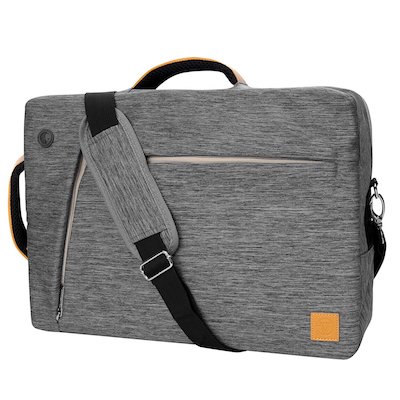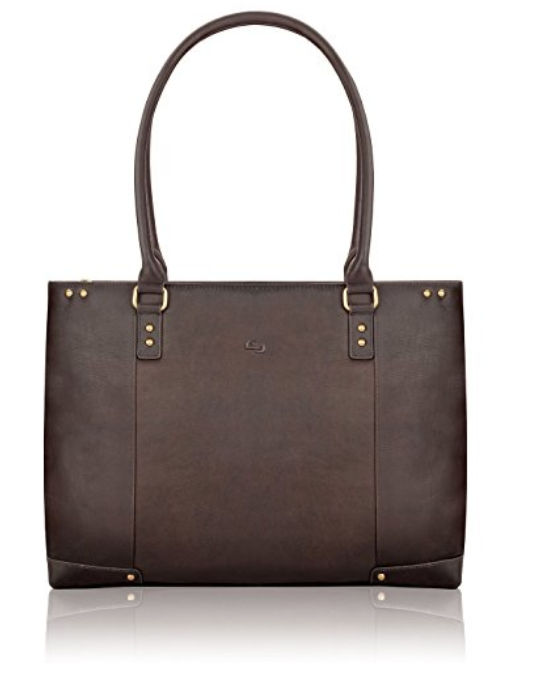Reflections on Female Clothing for a Computer Science Academic Interview
Some thoughts on clothing for interviewing for an academic job in computer science, geared towards those who wear women’s clothes. (Although honestly, a lot of the advice is gender-neutral.)
As a subjective observation from my limited sample size, private universities tended to dress more formally than public ones, and East coast universities tended to dress more formally than those on the West coast.
Jean Yang has some advice for female interview clothes as well: What to Wear for Academic Interviews, or How to Dress Like a Man Without Looking Like a Man
-
Shop earlier rather than later. This isn’t just a statement to leave yourself enough time to prepare your interview clothes; instead, it’s a comment on the time of year in which you do your buying. I waited until late enough in the Winter that a lot of stores had already started to switch out to their Spring collections, which tends to mean lighter fabrics and brighter colors. While what you wear is a matter of taste and comfort (physical and psychological), I personally preferred to interview in clothes more likely to be found in Fall or Winter collections.
-
Are you sure your shoes are broken in enough? My every-day leather shoes were looking a bit too worn, so I got a new pair. I wore them repeatedly to make sure that they were broken in, and they still weren’t broken in enough. (Nothing like taking off bloody socks at the end of the day in your hotel room.) There is a surprising amount of walking around at interviews. This isn’t only if you’re interdisciplinary and need to haul across campus for a meeting in another department; you may also have people take you on a walking tour of the campus or walk you to a local coffee shop. I have a friend who finds that products like Band Aid Friction Block help, but I haven’t tested them.
- What to wear if typical collared shirts don’t fit you well? Try vests, cardigans, and sweaters. cmat suggests ribbed turtlenecks or mock turtlenecks, which look great under a jacket and more professional than a crew neck. (Of course, you could always go to a tailor.) Clothing is, of course, a personal choice. If you are determined to never work anywhere that ever requires you to wear something other than a T-shirt and cargo shorts, then by all means, wear a T-shirt and cargo shorts to the interview. It will serve as a filtering function. Personally, I wanted to demonstrate a bit more versatility. Overall, I wanted to have clothes that I felt comfortable in, both physically and psychologically. For me, this meant:
- Not too formal and not too informal — something that could blend in either direction.
- Something that sufficiently matched my personal style and identity by incorporating a small amount of character or quirk.
- Something neither too feminine nor too masculine. As a woman in a field where women are still an obvious minority, I did not feel comfortable wearing heels or skirts to any interviews. As someone who is, however, quite apparently female (and happy to be so!), I didn’t want to ignore that fact, but rather acknowledge it (in a restrained fashion).
- Wear something a mic setup can clip onto. Remember that you may need to clip something in the form factor of a large, heavy pager onto your waistline.
- Have you thought about a wristwatch? I bought a business-appropriate wristwatch partway through my interviews. In many cases — whether intentional or otherwise — you are responsible for keeping track of time in the meeting. (In one interview, the schedule stated that person P would escort me from meeting to meeting, but he didn’t always show up.) While you can check your cell phone for time, I felt less rude glancing at a watch than at my phone, even if they know that I’m probably not bored and checking my email.
- Have you thought about a leather Folio? You’ll end up getting handed business cards, paper copies of your meeting schedules, brochures, course catalog listings, etc. I personally didn’t want to say, “Thank you!” then fold it and shove it in my back pocket (or jam it in my backpack), so I got a leather folio to treat such items with increased dignity and gravitas.
- Have you given thought to your outerwear situation? I ended up interviewing in several locations that were much colder than my normal wardrobe supported. I had an adequate jacket from a purely functional point of view, but didn’t particularly feel that a puffy down jacket was appropriate for the situation.
More helpful comments from cmat:
- A (black, charcoal, or navy) blazer, suit jacket, or at least a structured cardigan, is an excellent idea, if not a must. It’s a versatile piece that screams “professional dress! I am interviewing!” (and provides a layer of removable warmth). Many places like Nordstrom will do complimentary tailoring if you purchase from them.
- Don’t use a backpack. (I personally violated this one, and have seen others do so. I don’t use a backpack now, though.) Get a messenger bag. Make it professional-looking. Shove a teeny tiny purse inside it, or just a wallet with the critical stuff and your phone — don’t carry two things. https://theprofessorisin.com/2017/08/23/lets-talk-backpacks/ has some advice. cmat uses https://www.amazon.com/dp/B014QSUL46/.

I use https://www.amazon.com/Solo-Leather-Laptop-Carryall-Espresso/dp/B000V4X22I. It has that convenient slide-through channel in the back that lets you secure it onto the handle of your carry-on.
